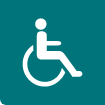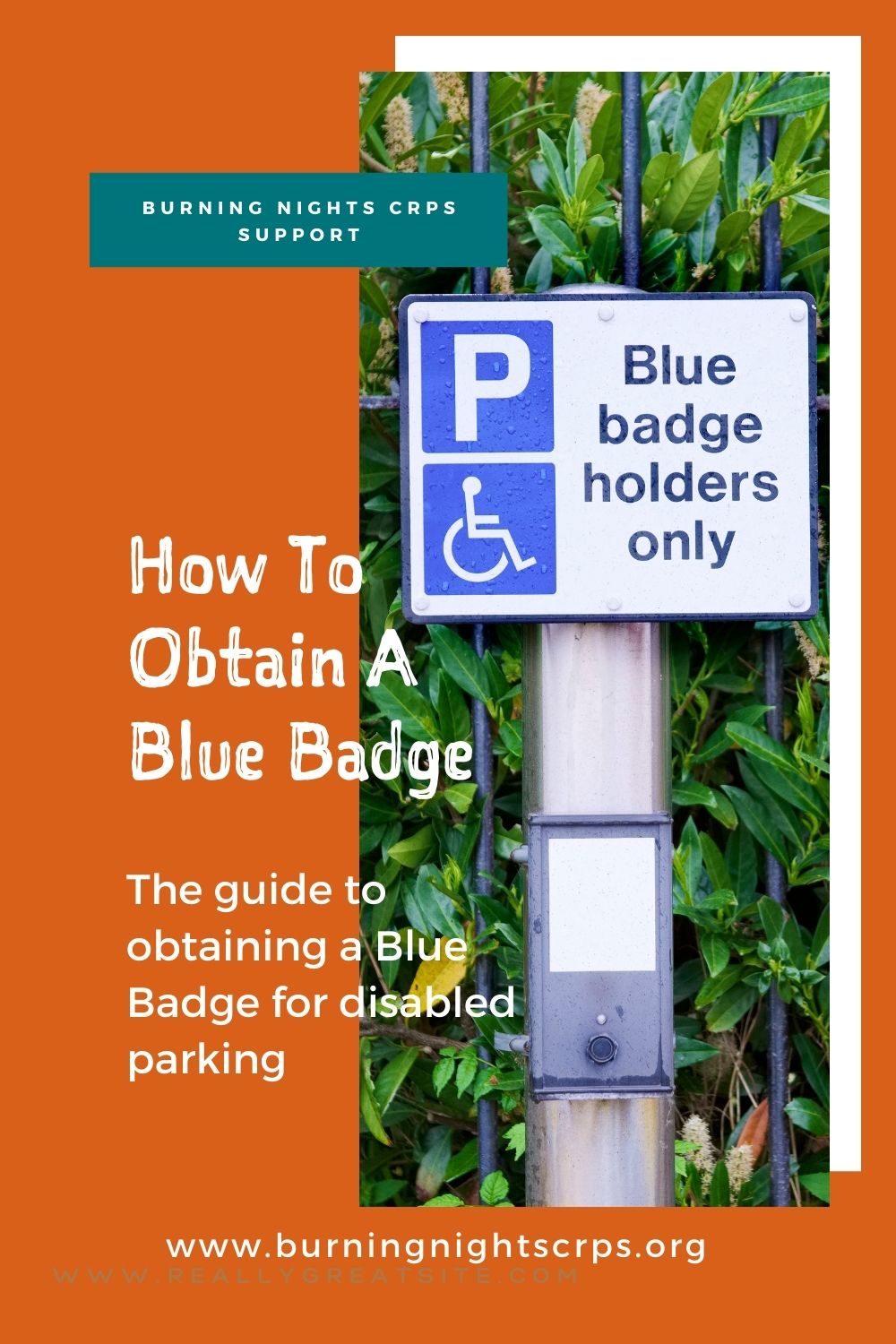We use cookies to improve your experience. By accepting you agree to our cookie policy

A Blue Badge is an aid designed for people who have mobility challenges. The purpose is to make it easier for people with certain health conditions to access car parking spaces that are closer to their destination. The Blue Badge is issued by local councils around the UK and there are specific rules outlining their use. The application process is the same for residents of in England, Scotland, and Wales. The only exception is Northern Ireland.
Generally, a Blue Badge will allow the holder to park for free in the following locations:
When parking on a public street where there is no car parking charge and unless otherwise stated, there is no time limit on how long you can remain there. When parking in a private disabled access car parking space, there may be a charge and/ or time restrictions. Find the full list of where registered disabled drivers can park by clicking the link and searching your postcode.
The aim of the scheme is to make access to services easier for people with mobility challenges. However, a Blue Badge holder must still obey the normal rules of the road. For example, it is not permitted to park in a location that would cause an obstruction to traffic or would otherwise hinder other road users. The badge is tied to you personally and not any specific vehicle. There are strict rules around proper use, and you must not lend the badge to anyone who is not authorised to use it.
In most cases, your badge will be valid for 3 years but will have an expiry date listed. It is recommended to renew at least 8 weeks before expiry. It can take up to 3 months for your application to be assessed, but this may be impacted by COVID-19 delays.
The badge remains the property of the issuing council who have the power to rescind it if it is found that is being used improperly and fines of up to £1,000 may be issued. The cost of the badge varies between England, Scotland, Northern Ireland, and Wales.

In England, some people from the age of 2 and above will automatically qualify for a badge, but they will still need to apply.
If any of the criteria below apply to you, you will automatically be granted a badge.
If none of these criteria apply to you, that does not mean that you cannot receive a Blue Badge. There are some other eligibility criteria that mean your application may be accepted.
There are special rules that apply if you have a child under the age of 3. You can get a blue badge if:
If your child doesn't automatically qualify for a Blue Badge, they may still qualify under the 'assessed route'. This means that the local authority carries out an assessment of your child's needs. You will still need to complete a Blue Badge application form, and your local authority will most likely also want information from health or social care professionals who know your child.
Bulky medical equipment refers to ventilators, suction machines, feed pumps, parenteral equipment, syringe drivers, oxygen administration and saturation monitoring equipment. As well as this, casts and associated equipment for the correction of hip dysplasia are included in the definition.
The Government website list a full list of who can get a Blue Badge. Some of these critera are listed below, along with information on how to know if your application will be accepted by your local council. You may submit an application if you meet some of the following criteria:
These conditions alone will not automatically grant you a Blue Badge permit. When you apply to your local council, you should provide all the relevant documentation as part of the application. The 'assessed route' means that your case will be decided on an individual basis.
The assessor will take into consideration how far you can walk and how you are affected by walking, amongst other things. The bar is set quite high, so not all people with mobility issues will get a badge. However, it is worth looking into and thinking about making an application. You also have the right to appeal if your application is not approved or if your circumstances change.
Fortunately, there is an easy-to-use online Blue Badge application form, which makes it easy to apply. Detailed below is the information that you will need to provide and some advice on what to expect from the process.
Some of the official documents you will need to provide include:
You can apply online if you’re in England & Wales, Scotland or Northern Ireland. For the online process, you can submit a photograph or scan of the listed documents. Online applications are recommended to make the process as smooth as possible. However, if you have any accessibility issues around using the online form, contact your local council for more support.
The online application form will request proof of benefits. Whether this is the Personal Independent Payment (PIP), the Disability Living Allowance (DLA), Armed Forces Compensation Scheme or the War Pensioner’s Mobility Scheme, you should provide a photo or scan of the official letter with the relevant pages clearly displayed. For further details on the pages you need to submit, visit the gov.uk website - Who can get a Blue Badge?
The Department for Transport have published a short video on the Blue Badge application process. There is also a useful video on How to fill in the The Blue Badge application.
Once you have gathered the required information in terms of proving your identity, address and proof of benefits, the online form will ask for details of your condition. This helps the council to make a decision on issuing the Blue Badge. Depending on the council, you may be asked to provide evidence of a medical diagnosis, your prescription for certain medication, or a doctor’s letter that states your medical reasons for needing a Blue Badge.
It may be the case that you are asked to provide further information on how your condition requires a Blue Badge. For example, you could be asked about walking between your car and your destination and any challenges you would face in doing so.
In general, most of the rules on the use of the Blue Badge scheme are similar across all four areas of the UK. Some of the main differences are outlined below, but you should check with your local council if you have any questions.
Living with a chronic illness does not mean that ordinary things like going to the shop are impossible. There are many supports available for you to be able to live life normally with some adjustments and Burning Nights CRPS Support is here to help you every step of the way.
Read our 10 Tips You Need to Know About Travelling with CRPS for information and guidance on how to make the process as simple and safe as possible.
If you have any questions or comments about the Blue Badge application proces, please contact us.
*The third parties mentioned on the Burning Nights CRPS Support website are exclusively responsible for their own products and services. Burning Nights CRPS Support accepts no liability in relation to third party product or services or any failure to supply such products or services. You may access third party websites through links contained on Burning Nights CRPS Support website. Such third party websites are not under the control of Burning Nights CRPS Support and Burning Nights CRPS Support is not responsible for the availability of such websites or their content. Any links provided on our or their websites are provided for your interest or convenience only and do not represent or imply any endorsement of such linked websites by Burning Nights CRPS Support. You acknowledge that your use of such third party websites is governed by the terms and conditions of use as applicable to those websites.*
*Burning Nights CRPS Support is in no way liable or responsible for any external links on any page of this website. They are suggestions only.*

We use cookies to improve your experience. By accepting you agree to our cookie policy
 £
£